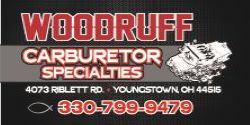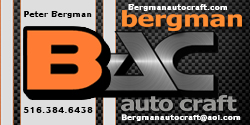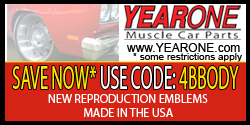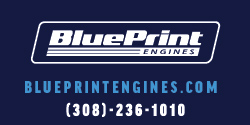Panel Bonding Adhesive
Product Description
3M™ Panel Bonding Adhesive is intended for use in outer body, non-
structural panel attachment applications, including applications where
panels are used in conjunction with welding and/or riveting. Industry
professionals appreciate the performance benefits that 3M™ Panel
Bonding Adhesive provides, including the continuous bond, load
distribution, ease of use that drives more consistent results, corrosion
protection, and excellent adhesion to a wide variety of substrates.
3M™ Panel Bonding Adhesive is a two-part epoxy adhesive which
provides a long open-time or work-time but can be rapidly cured with
heat once the panel has been positioned and clamped into its proper
position (see: Rate of Strength Buildup at Various Temperatures chart
below). 3M™ Panel Bonding Adhesive also contains 10 mil glass beads
to help users control bond line thickness and to prevent excessive
squeeze out.
There are of course many factors and variables that can affect an
individual repair, so the technician and repair facility need to evaluate
each specific application and repair process, including relevant vehicle,
part and OEM guidelines, and determine what is appropriate for that
repair.
Features • 3M™ Epoxy Technology
• Corrosion Inhibiting
• Heat Cure onDemand
• Bonds Steel, Aluminum, SMC, FRP
• Contains Glass Beads to Control Bond Line Thickness
Product Uses
3M™ Panel Bonding Adhesive is intended for use in outer body, non-
structural panel attachment applications, including applications where
panels are attached in conjunction with welding and/or riveting.
There are of course many factors and variables that can affect an
individual repair, so the technician and repair facility need to evaluate
each specific application and repair process, including relevant
vehicle, part and OEM guidelines, and determine what is appropriate
for that repair. Examples of where Panel Bonding Adhesive may be
used in conjunction with other traditional joining methods in a repair
scenario, subject to OEM recommendations, can include door skins,
roof skins, quarter panels and box sides.
This product is not intended to be used for structural parts, such as
pillars, rockers, strut/shock towers, frame rails, or frame members
unless specifically recommended by the vehicle manufacturer and used
in the manner specified in the OEM repair manual and procedures.
If
doubt exists as to whether a particular component is structural, consider
it structural.
***
3M
https://multimedia.3m.com
PDF
Panel Bonding Adhesive - 08115 - Stronger security is required

















